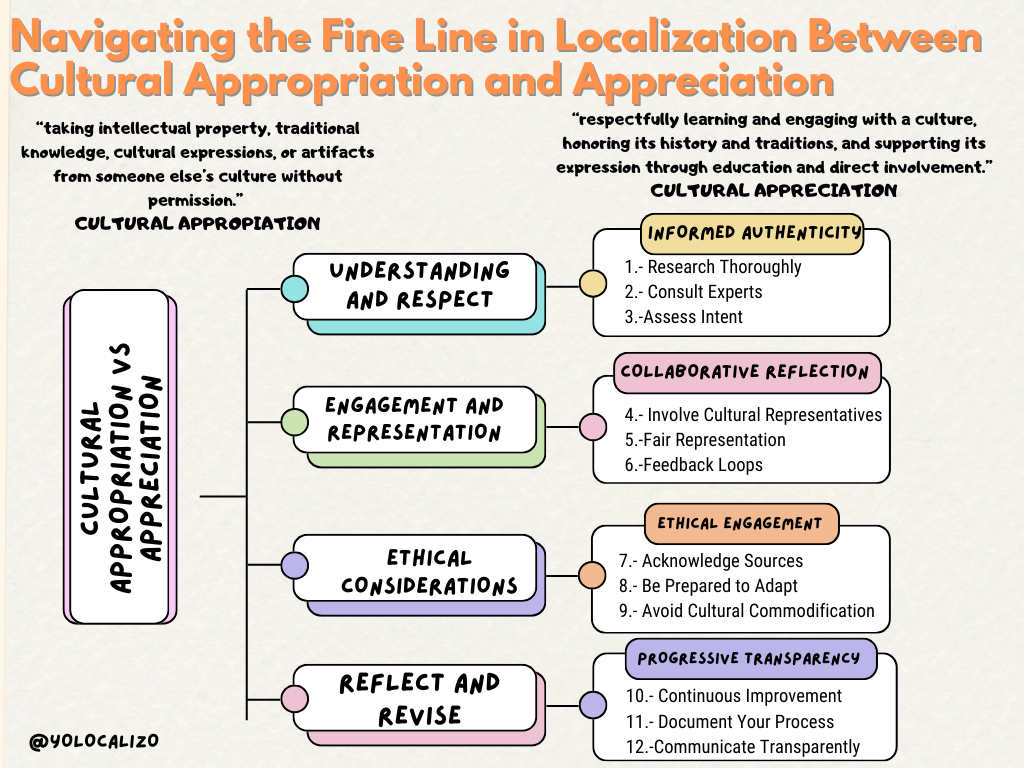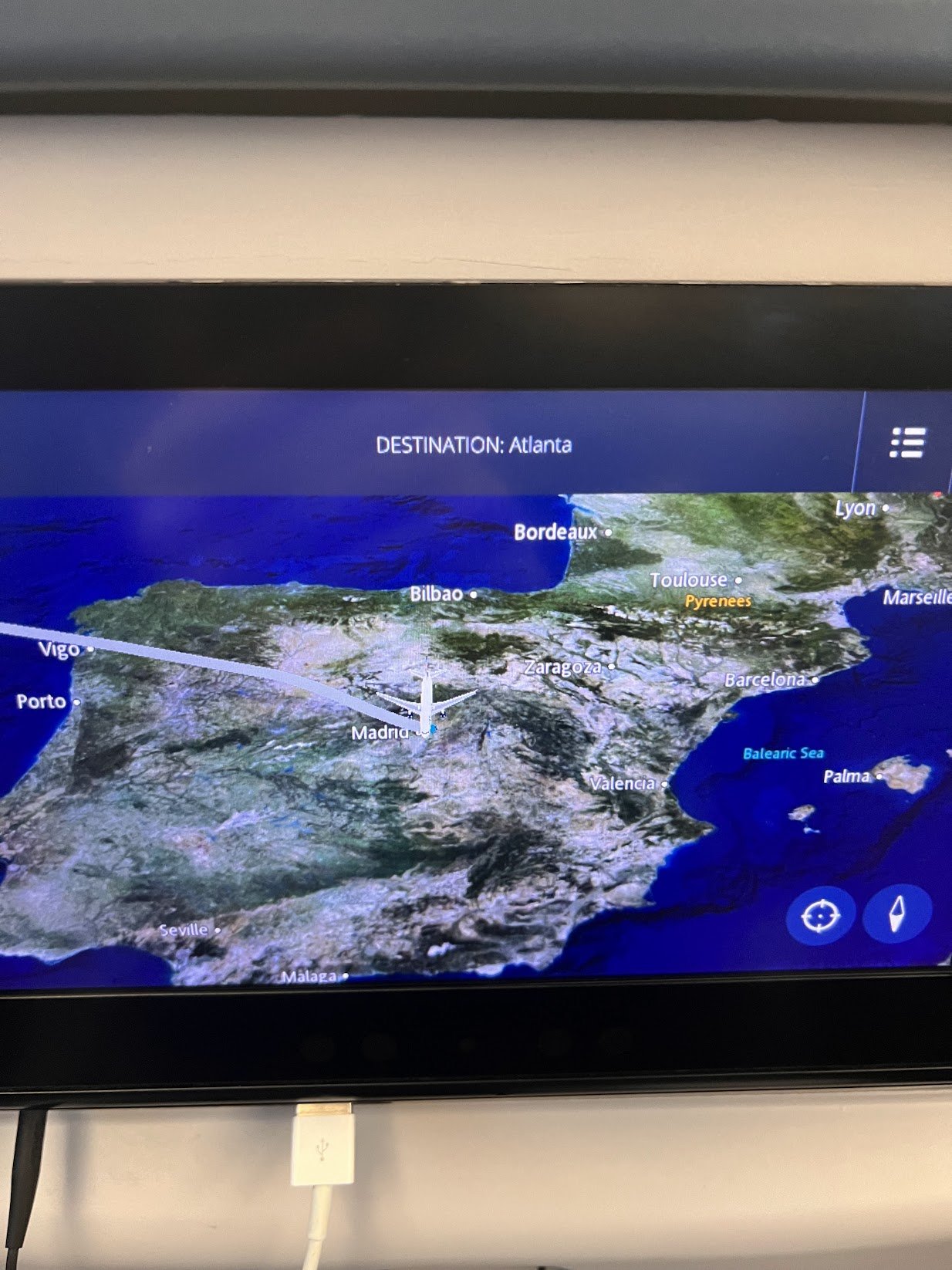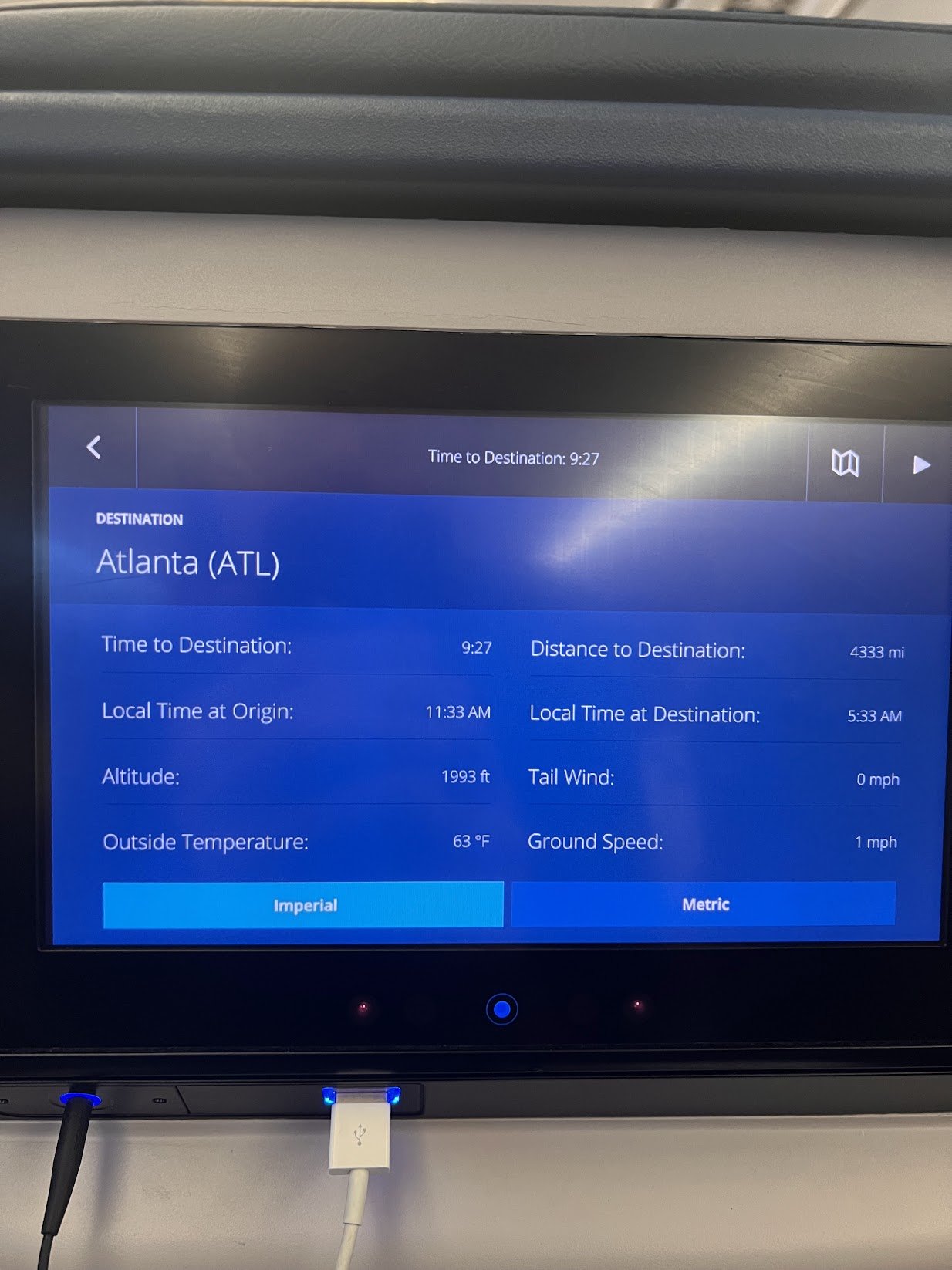Navigating the Fine Line in Localization Between Cultural Appropriation and Appreciation
Trips to the West Coast of the United States are always a great opportunity to think about how to entertain myself for so many hours. It's a great time to catch up on series, books, video games, etc.
However, the great discovery of my last trip there last year was Masterclass. On the in-flight entertainment offered by the airplane, there was a class by Howard Schultz on Business Leadership, the former CEO of Starbucks. And that’s how I spent 2 of the endless 15 hours that separated me from my target destination.
The videos are well-filmed, and the content is curated with great professionals discussing their craft.
I like the Masterclass platform because there are classes of all kinds, from decoration to food, management, music, and culture, which is a topic that attracts me. So, these last few weeks, and for a change from so much AI, I have been learning about topics related to inclusivity, culture, representation, and appropriation, which is the central theme of my post this week.
What Is Cultural Appropriation?
That is the title of the Masterclass article that led me to start reading and learning about this topic and reflecting on its relation to localization.
When we work on a product's localization, the cultural aspect is key, so I started thinking about adapting cultural content and how easy it is to make a mistake while doing localization.
Let's look at this in more detail to illustrate how easy it is to cross the line from appreciation to appropriation. But first, let's go with some definitions to set the context.
Cultural Appropriation
What is cultural appropriation, and why is it so controversial? Susan Scafidi, a law professor at Fordham University, defines it as “taking intellectual property, traditional knowledge, cultural expressions, or artifacts from someone else’s culture without permission.”
This can include the “unauthorized use of another culture’s dance, dress, music, language, folklore, cuisine, traditional medicine, religious symbols, etc.”
It often involves using these elements for one's own benefit, especially if it's for profit or entertainment, without acknowledging or compensating the source culture. This can lead to feelings of disrespect and exploitation among members of the source culture.
Cultural Appreciation
Cultural appreciation, on the other hand, involves learning about, engaging with, and showing respect to another culture in a way that honors its significance and context. Appreciation comes with an effort to understand the culture's history and traditions. It often involves direct engagement with and support of the culture, such as through education, travel, culinary exploration, or art.
The tricky part here, which greatly influences the work of the industry in which I develop professionally, the localization industry, is how to adapt content while showing respect and giving credit where credit is due. Indeed, the line that separates them is very thin.
A localization team works to adapt content for global markets, which leads to providing feedback that influences design decisions. We play a crucial role in guiding software developers to navigate cultural sensitivities, including issues of cultural appropriation. However, the line between adapting, appreciating, and appropriating is very fine.
Below, I leave a summary of ideas I have compiled after reading different articles on this topic, which I hope will help all those working in Globalization teams feel well-equipped when navigating this fine line.
BBC What defines cultural appropriation?
New York Times What Does Cultural Appropriation Really Mean?
greenheart Cultural Appreciation vs. Cultural Appropriation: Why it Matters
Britannica Cultural appropiation
Navigating the Line
To navigate the fine line between appropriation and appreciation when working on a localization project, the following ideas can be considered a good starting point for best practices.
1.- Intent and Impact: Our intention might be to honor a culture, but it's also important to consider the impact. Will our actions be seen as respectful by members of that culture?
Example: A fashion designer uses Indigenous patterns in a clothing line to honor Indigenous cultures but doesn't involve the community or share benefits, leading to perceptions of exploitation. Better approach: The designer partners with Indigenous artists for designs, credits them, shares profits, and promotes cultural awareness.
2.- Knowledge and Understanding: We should invest time to learn about the culture we are engaging with. Understanding the significance of cultural symbols, traditions, and practices can guide respectful appreciation.
Example: A game developer adds a Maori haka to a sports video game but initially uses inaccurate movements and contexts. Better approach: After consulting with Maori experts and understanding the haka's significance and proper use, the developer accurately and respectfully includes the haka, improving the game's authenticity and respect for Maori culture.
3.- Engagement and Support: Engage with cultures in a way that supports and uplifts them. This might involve supporting cultural businesses, artists, and educational efforts.
Example: A restaurant chain adds dishes from various African countries to its menu. Better approach: The chain collaborates with local African chefs and producers to develop the menu, allocates proceeds from these dishes to the originating communities, supports African culinary events, and educates customers about the dishes' origins and stories.
4.- Listen and Learn: Be open to feedback from members of the culture we are engaging with. Listening to their perspectives can help us understand the difference between appreciation and appropriation.
Example: An author writes a book set in India, but feedback highlights stereotypes. Better approach: Before the revised edition, the author consults with Indian readers and cultural experts, refines the portrayal of characters and settings based on their feedback, and acknowledges their contributions to the book.
5. Privilege and Power Dynamics: It’s important to recognize the dynamics of privilege and power. If we come from a more dominant culture, we should be mindful of how our actions might affect minority or marginalized cultures.
Example: A company plans a movie on a Native American legend without community input, aiming to present a unique story globally. Better approach: The company collaborates with the Native community for authentic storytelling, shares profits for cultural support, conducts respect workshops, elevates Native voices in filmmaking, and commits to transparent communication.
Defining a localization workflow to avoid appropriation
Since the line separating this adaptation we do when localizing software is so delicate, it is beneficial to define a process that helps us avoid bias and the perpetuation of cultural stereotypes. The following process I have shaped below to help us in our Localization projects is inspired by an article written by Escha for thenativa.com titled "12 Best Practices for Creating Culturally Relevant Content."
Click HERE to download the infographic
Phase 1 Understanding and Respect
1.- Reseach Thoroughly: Ensure you have a deep understanding of the cultural elements you're including in your content. This includes their history, significance, and context.
2.- Consult Experts: Engage with cultural experts, historians, and representatives from the communities whose cultures you aim to include.
3.- Assess Intent: Regularly question the intent behind including specific cultural elements. Is it to enrich the game's narrative and world? Ensure it's not for mere aesthetic appeal without substance.
Phase 2 Engagement and Representation
4.- Involve Cultural Representatives: Where possible, involve individuals from the cultures being represented in the creation and review process.
5.- Fair Representation: Strive for accurate and respectful representation, avoiding stereotypes and simplifications.
6.- Feedback Loops: Establish mechanisms to receive and act on feedback from both internal stakeholders and the game's audience regarding cultural representation.
Phase 3 Ethical Considerations
7.- Acknowledge Sources: Give credit to the cultural sources and, where applicable, share benefits with the communities whose cultures you're showcasing.
8.- Be Prepared to Adapt: Be willing to make changes based on feedback and new learnings about cultural sensitivities.
9.- Avoid Cultural Commodification: Ensure that cultural elements are not reduced to commodities or used in a way that disrespects their original meaning and value.
Phase 4 Reflect and Revise
10.- Continuous Improvement: Treat this as an ongoing process. Cultures are dynamic, and your approach should be too.
11.- Document Your Process: Keep detailed records of your research, consultations, and decision-making processes.
12.- Communicate Transparently: Be open about your approach to cultural representation in your games, including the efforts made to respect and appreciate the cultures you're portraying.
In summary
Navigating the delicate balance between cultural appropriation and appreciation is tricky, as it requires a conscious effort to engage respectfully with cultural narratives and symbols. This involves more than just using these elements in our localization projects; it means actively contributing to the cultures we draw from.
By consulting with cultural experts, ensuring fair representation, adapting content sensitively, listening to feedback from community members, and recognizing our own positions of privilege, we can foster a more inclusive and respectful adaption of the digital products we create. Whether through films, fashion, video games or any form of creative expression, true cultural appreciation enriches our work and supports the communities that inspire it, turning potential appropriation into genuine celebration.
@yolocalizo



















Localizability has always been a challenge small issues in source content often lead to big problems later in translation. In this post, I explore how AI is giving localization teams a powerful new way to improve source quality, reduce friction, and create better content for every market right from the start.